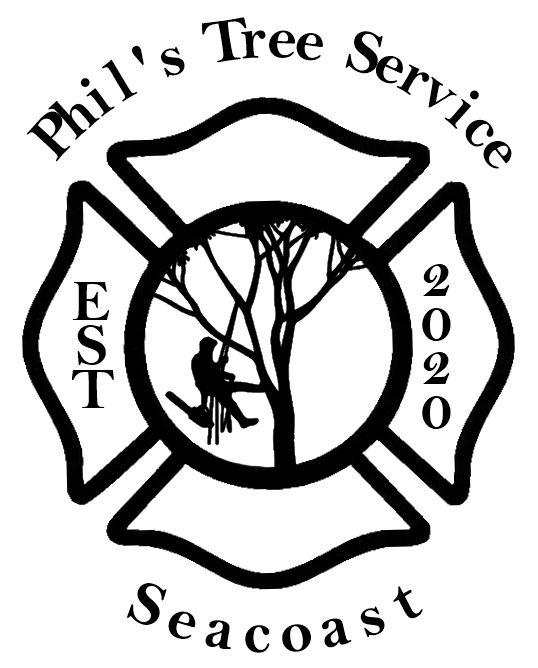Top 5 Signs Your Trees Are Diseased (and What to Do)
As you’re walking up your walkway one day, when something catches your eye. That towering oak that’s been your yard’s centerpiece for decades looks… different. Maybe it’s the leaves that seem a little off, or perhaps there’s something unusual about the bark.
The good thing is, trees usually don’t just wake up one day and keel over. Disease is sneaky. It creeps in slowly, often showing subtle signs months or even years before a tree becomes a real hazard to your family and property. According to the USDA Forest Service, diseased trees account for over 40% of tree-related property damage incidents nationwide.
At Phil’s Tree Service Seacoast, we’ve seen it all in our 10+ years serving Lee, NH, and the surrounding communities. From the homeowner who ignored that “small” fungal growth until their maple split in half during a winter storm, to the family who caught Dutch elm disease early enough to save their century-old shade tree, we’ve learned that knowledge is your best defense.
Here’s what we’re going to be covering today: Five unmistakable warning signs that your trees are fighting disease, plus exactly what you should do about each one. Because Mother Nature might be unpredictable, but your response doesn’t have to be.
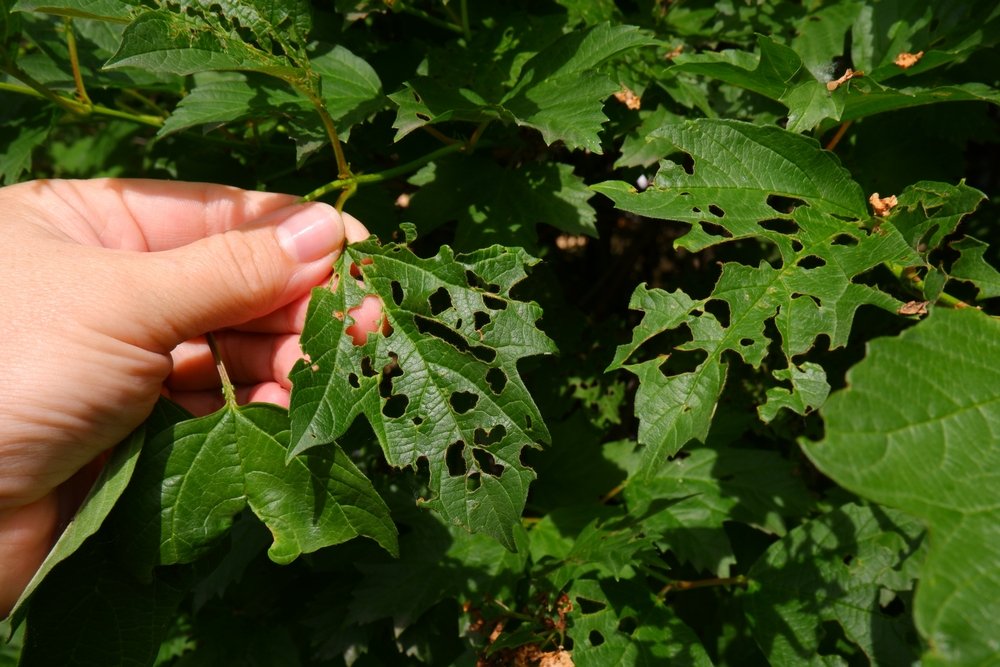
1. Unusual Leaf Changes
Healthy trees should have vibrant, full foliage appropriate for the season. When disease strikes, leaves become the first battlefield.
What to look for:
- Leaves turning yellow, brown, or developing spots outside of normal seasonal changes
- Premature leaf drop (especially in spring or summer)
- Wilted or curled leaves when there’s adequate moisture
- Unusual patterns like leaves dying from the outside in, or specific branches losing foliage while others remain healthy
The backstory:
Trees communicate through their leaves. When a pathogen attacks the root system or vascular tissue, the tree can’t transport water and nutrients properly. The leaves show this stress first. Research from Cornell University shows that leaf symptoms typically appear 2-6 weeks before other visible signs of tree disease.
Take Dutch elm disease, for instance. It starts with yellowing leaves on one or two branches in midsummer, which can easily be mistaken for drought stress. But if you know what you’re looking for, you can spot the difference. The yellowing follows the tree’s vascular system, creating distinct patterns that trained arborists recognize immediately.
Your action plan:
Don’t wait and see. If you notice unusual leaf changes, contact our tree health consultation team for a professional evaluation. We’ll determine whether it’s disease, environmental stress, or something else entirely. Early detection saves trees, and potentially saves you thousands in removal costs.
2. Fungal Growth
Nothing says “diseased tree” quite like mushrooms, brackets, or other fungal growths sprouting from your tree’s trunk or roots.
Here’s what you need to know:
By the time you see fungal fruiting bodies on your tree, the disease has typically been at work for months or years. These fungi feed on decaying wood, which means significant internal damage has already occurred.
Common fungal indicators include:
- Shelf-like bracket fungi growing horizontally from the trunk
- Mushrooms at the base of the tree or emerging from roots
- White, stringy growth under loose bark
- Spongy or soft areas on the trunk where fungi are active
The reality check:
We recently had a customer in Lee who noticed some “interesting mushrooms” growing around their sugar maple. By the time we assessed the tree, nearly 60% of the internal structure was compromised. The good news? We caught it before a storm could turn that beautiful tree into a 2,000-pound projectile aimed at their house.
What you should do immediately:
Document the growth with photos, then call in the professionals. Fungal diseases spread quickly, and what might be contained to one area today could engulf the entire tree within a season. Our tree removal services include safe removal of diseased trees before they become hazards, and we always provide honest assessments about whether intervention is still possible.
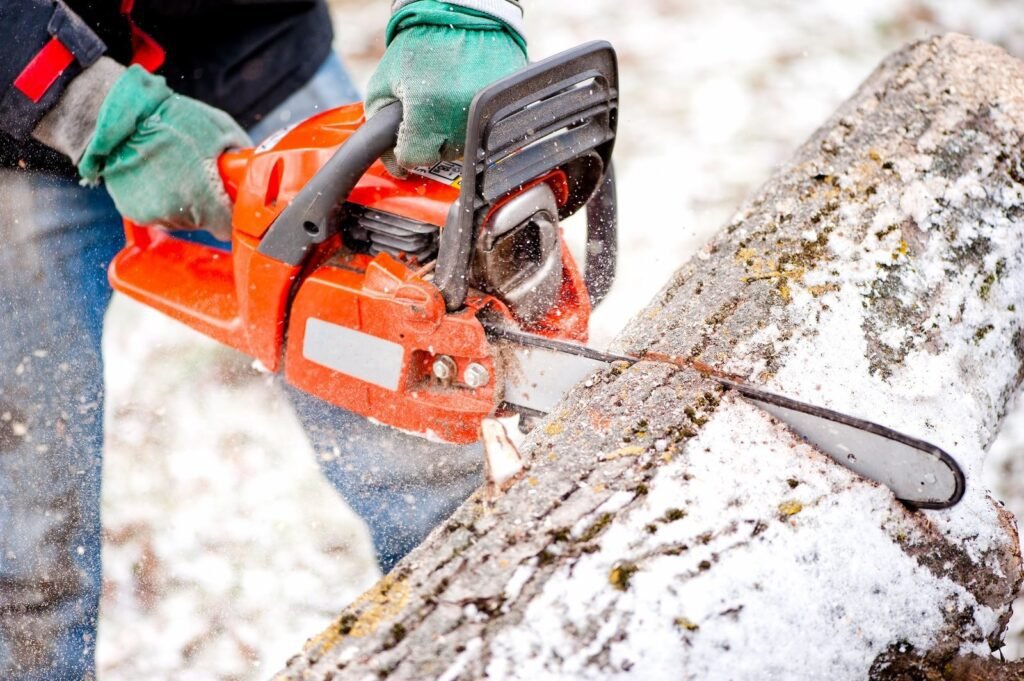
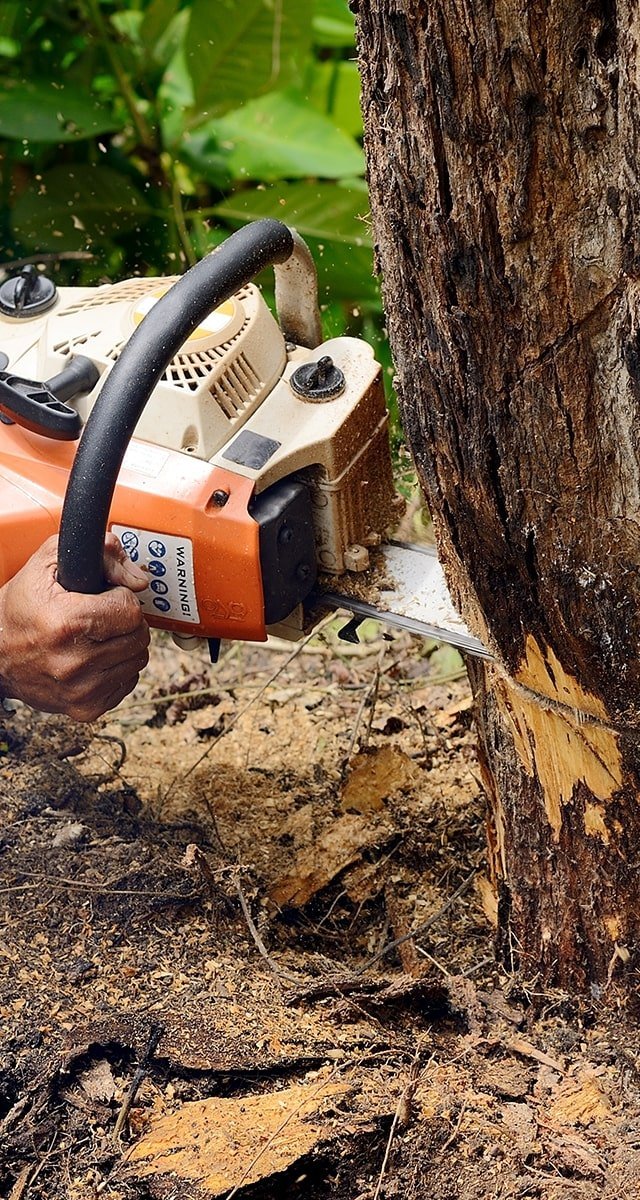
3. Bark Abnormalities
Healthy bark is your tree’s armor. When disease breaks through this protective barrier, you’ll see clear warning signs.
Key indicators of trouble:
- Cankers (sunken, dead areas of bark)
- Bark that’s peeling, cracking, or falling off in unusual patterns
- Discolored streaks or staining on the bark
- Holes or tunnels (often indicating secondary insect infestations)
- Areas where bark feels soft or spongy to the touch
The science behind it:
Bark protects the tree’s cambium layer, which is a tree’s lifeline for transporting nutrients. When disease compromises this system, you’ll see physical changes in the bark’s appearance and texture. Studies from the International Society of Arboriculture indicate that bark symptoms appear in 80% of major tree diseases.
Here’s something most homeowners don’t realize: bark problems often start small and appear harmless. That little sunken spot might look like minor damage from a lawnmower, but it could be the beginning of a serious canker disease that will eventually girdle and kill the tree.
Your next steps:
If you notice bark abnormalities, resist the urge to peel away loose bark or probe damaged areas because unfortunately, you might actually spread the disease. Instead, call our team for a professional tree health evaluation. We’ll assess the extent of the damage and recommend treatment options that could save your tree.
4. Dead or Dying Branches
When disease attacks a tree’s vascular system, entire branches can die seemingly overnight. This can mean danger for your home or family.
Warning signs include:
- Branches without leaves during growing season
- Brittle branches that break easily
- Branches dropping unexpectedly
- Progressive dieback starting from branch tips and moving toward the trunk
Why this matters:
Dead branches are unpredictable. They can fall without warning, potentially injuring people or damaging property. But beyond safety concerns, branch dieback often signals systemic disease that could kill the entire tree if left untreated.
Consider fire blight in fruit trees, a bacterial disease that can kill branches within weeks. The disease moves through the tree’s vascular system, causing branches to die back rapidly. Without prompt treatment, including strategic pruning of affected areas, the entire tree can be lost in a single growing season.
Take action:
Dead branches need immediate attention. Our tree pruning services include proper removal techniques that prevent disease spread while maintaining the tree’s structural integrity. Please don’t attempt this yourself, improper pruning cuts can actually accelerate disease progression.
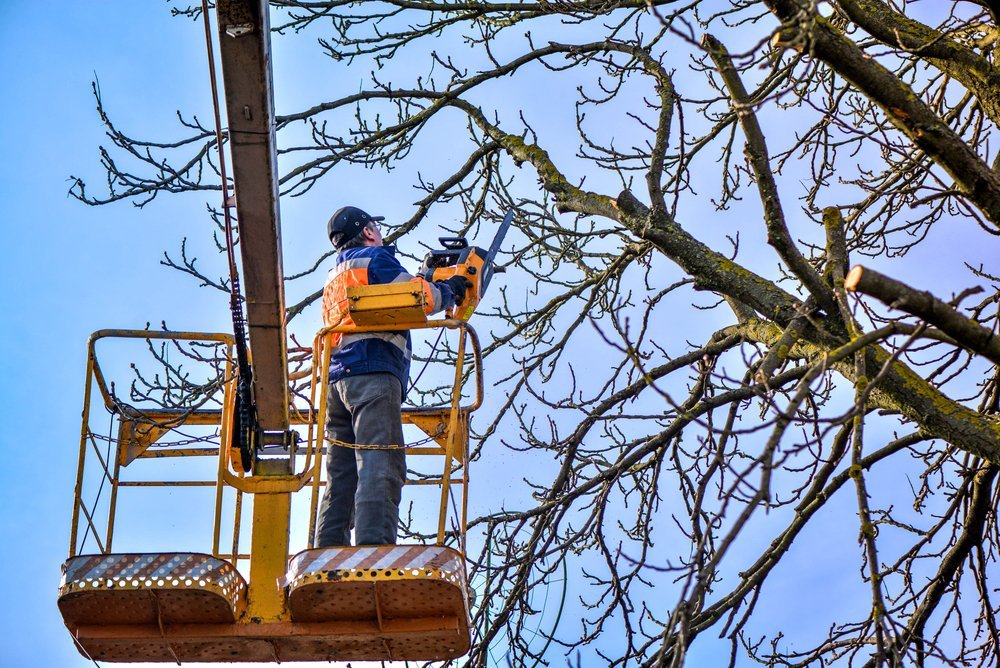

5. Root Problems
Root diseases are perhaps the most dangerous because they’re largely invisible until it’s almost too late.
Above-ground symptoms of root disease:
- Sudden wilting despite adequate soil moisture
- Stunted growth or smaller-than-normal leaves
- Tree leaning or instability
- Mushrooms or fungal growth at the base of the tree
- Visible root decay or soft, mushy roots near the surface
The hidden danger:
A tree with compromised roots can appear healthy above ground for years while slowly losing its ability to anchor itself. These trees are prone to sudden failure, especially during storms. According to FEMA data, trees with root diseases account for 35% of storm-related tree failures.
We’ve seen perfectly healthy-looking trees topple in moderate winds because root rot had destroyed their anchor system. The scary part? These failures often happen with little warning. The tree normally looks fine until it’s lying across someone’s roof.
Your critical response:
If you suspect root problems, don’t wait for visible symptoms to worsen. Our crane-assisted tree removal service can safely handle compromised trees before they become hazards. We also offer root system evaluations using specialized techniques to assess stability without damaging healthy roots.
What to Do When You Spot These Warning Signs
Step 1: Document everything. Take clear photos of symptoms from multiple angles. Note when you first noticed changes and how quickly they’re progressing.
Step 2: Stop the spread. Avoid pruning diseased areas yourself, and don’t move infected plant material around your property. Many tree diseases spread through contaminated tools or plant debris.
Step 3: Call the professionals. At Phil’s Tree Service Seacoast, we provide comprehensive tree health evaluations that determine the exact cause of problems and outline your options. Whether it’s targeted treatment to save a valuable tree or safe removal to protect your property, we customize our approach to fit your specific situation and budget.
Step 4: Consider your landscape holistically. Some diseases can spread to other trees. Our team will assess your entire property and recommend preventive measures to protect healthy trees.
The bottom line? Your trees are constantly communicating with you about their health. Learning to recognize these five warning signs: unusual leaf changes, fungal growth, bark abnormalities, branch dieback, and root problems, gives you the power to act before minor issues become major hazards.
Remember, diseased trees don’t just affect curb appeal. They pose real risks to your family’s safety and your property’s value. But with early detection and professional intervention, many trees can be saved, and dangerous situations can be prevented.
Ready to give your trees the health check they deserve?
Contact Phil’s Tree Service Seacoast today for your free consultation. We’ll assess your trees’ health, explain exactly what we find, and provide honest recommendations for keeping your landscape safe and beautiful. Because when it comes to your family’s safety, there’s no such thing as being too careful.
Call us today and let our experienced team trim away your tree health worries. Your property and your peace of mind will thank you.
